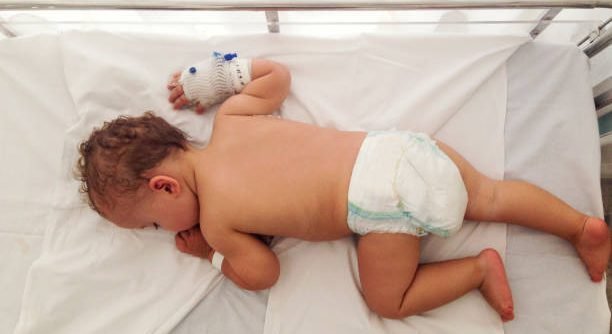Rhabdomyosarcoma
Home » Rhabdomyosarcoma
What is Rhabdomyosarcoma?
Rhabdomyosarcoma (RMS) is a rare malignant (cancerous) tumor that arises from skeletal muscle cells which have failed to fully mature. Although skeletal muscles are found throughout the body, RMS often develops in areas where there is little actual muscle, such as around the eyes, head and neck, bladder, prostate, vagina, arms, and legs.
It is most commonly seen in children under the age of 10, but can also occur in teenagers and, less frequently, in adults.

Causes and Risk Factors
The exact cause of rhabdomyosarcoma is unknown. However, certain genetic conditions can increase the risk, such as:
Li-Fraumeni syndrome (mutation in the p53 tumor suppressor gene)
Neurofibromatosis type 1 (NF1)
Beckwith-Wiedemann syndrome
Costello syndrome
Common Symptoms of Rhabdomyosarcoma
Symptoms depend on where the tumor is located. Examples include:
Head and neck: swelling, bulging eye, nasal congestion, nosebleeds, throat mass
Bladder or genital area: difficulty urinating, blood in urine, vaginal discharge or mass
Arms or legs: noticeable lump, sometimes painful, or reduced movement
Abdomen: swelling, pain, constipation
Because it can occur almost anywhere in the body, early detection often depends on noticing unusual lumps or persistent swelling.
Diagnosis and Treatment in Ghaziabad
Diagnosis involves:
Imaging tests: Ultrasound, CT scan, or MRI to locate and characterize the tumor
Biopsy: To confirm the diagnosis by microscopic examination
Bone marrow tests & PET scans: To check for spread (metastasis)
Treatment typically includes:
Surgery: To remove as much of the tumor as safely possible
Chemotherapy: Essential in almost all cases to shrink the tumor and kill cancer cells throughout the body
Radiotherapy: Often used after surgery to target any remaining cancer cells
Long-term follow-up is crucial to monitor for recurrence and manage side effects.
Why Choose Us for Rhabdomyosarcoma Care in Ghaziabad?
Expert pediatric and adolescent oncology specialists
Advanced surgical and radiotherapy facilities
Individualized multimodal treatment plans
Child-friendly environment and dedicated pediatric ICU
Comprehensive psychosocial and nutritional support for children and families

